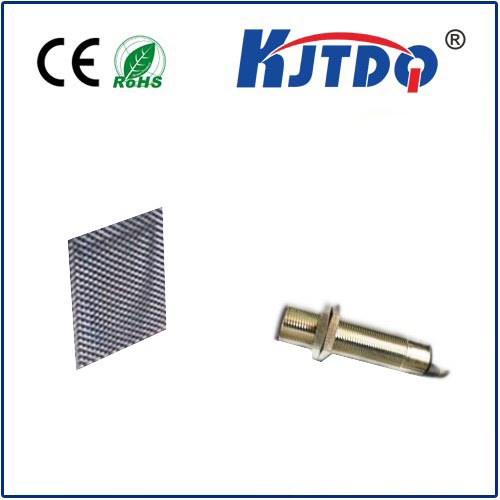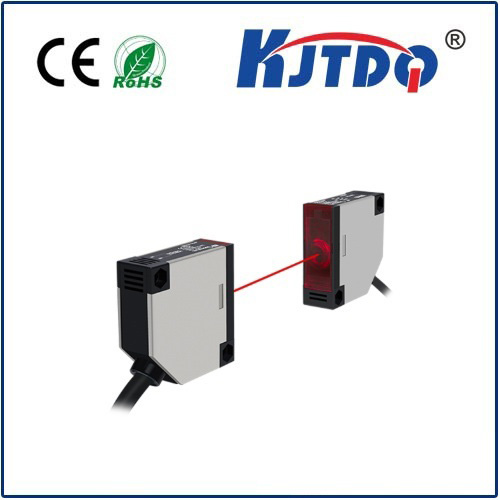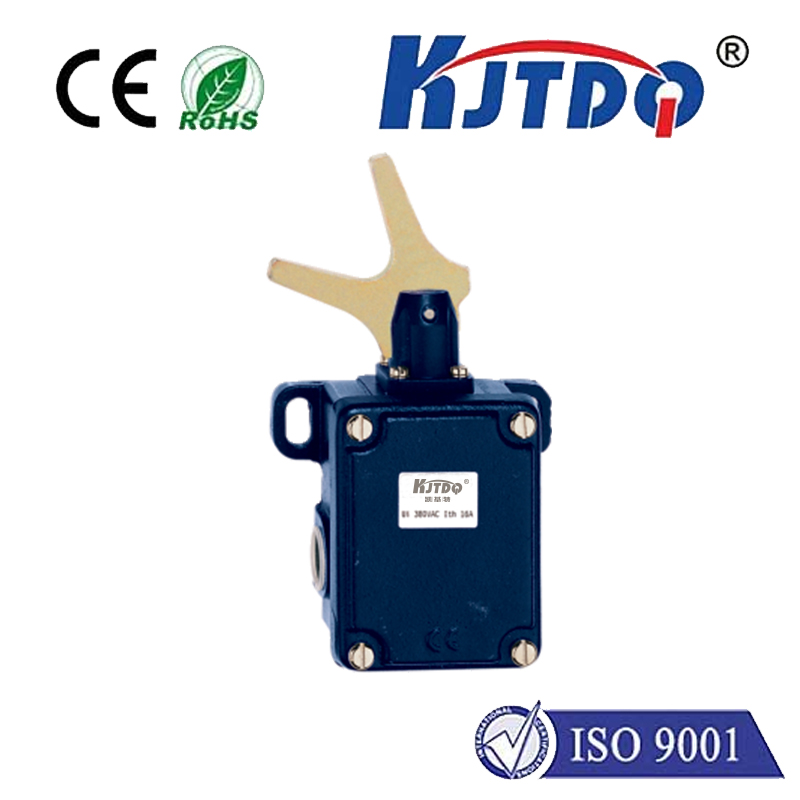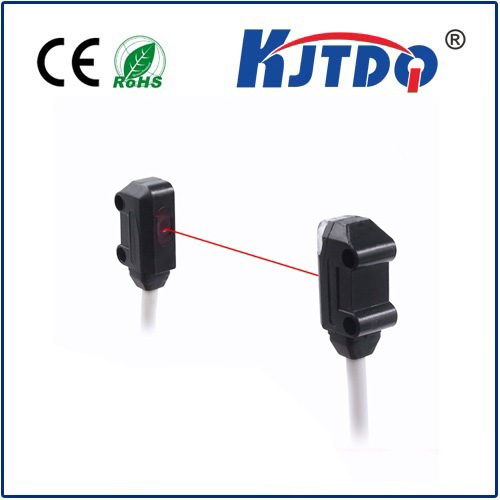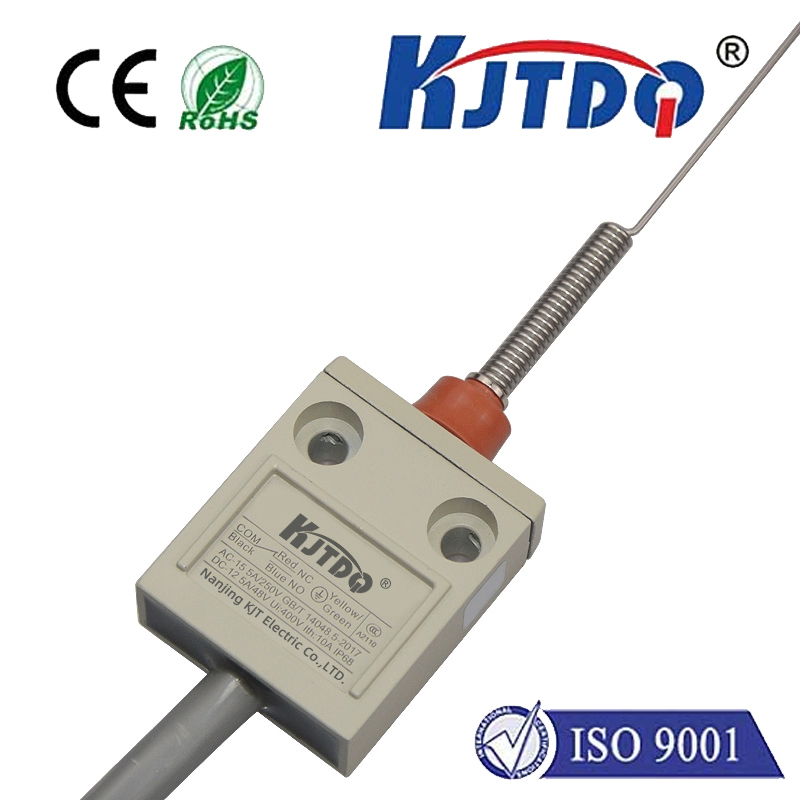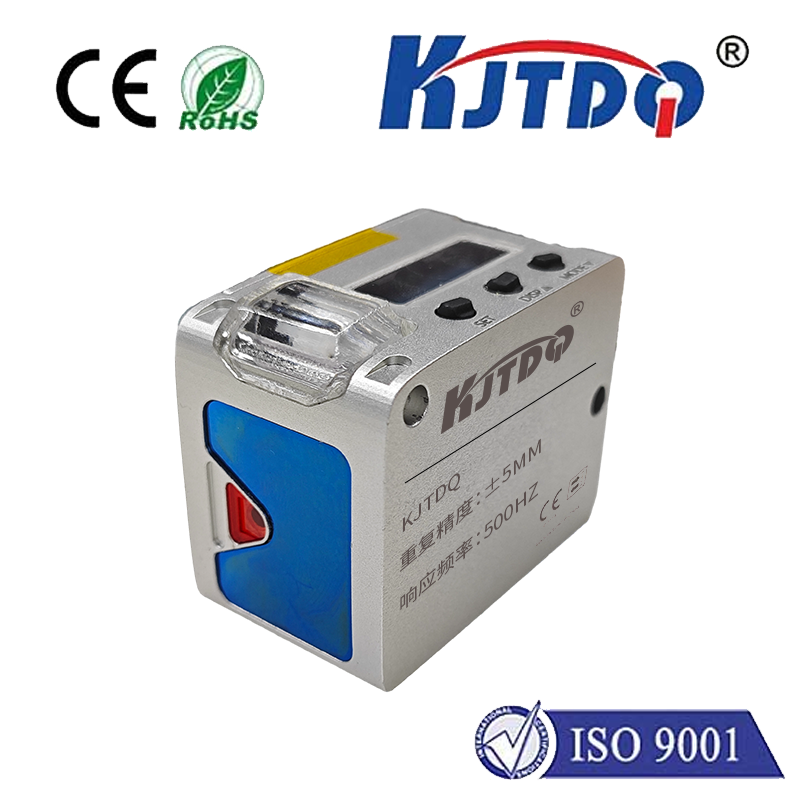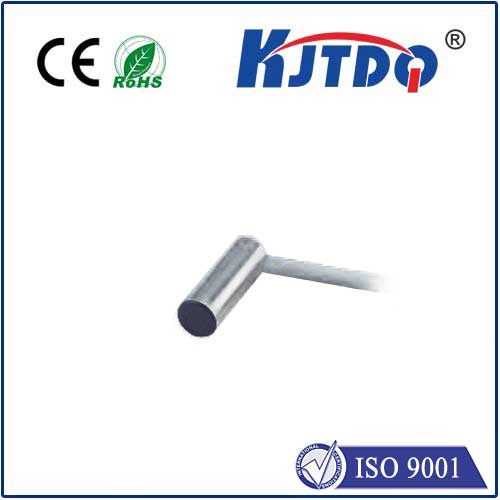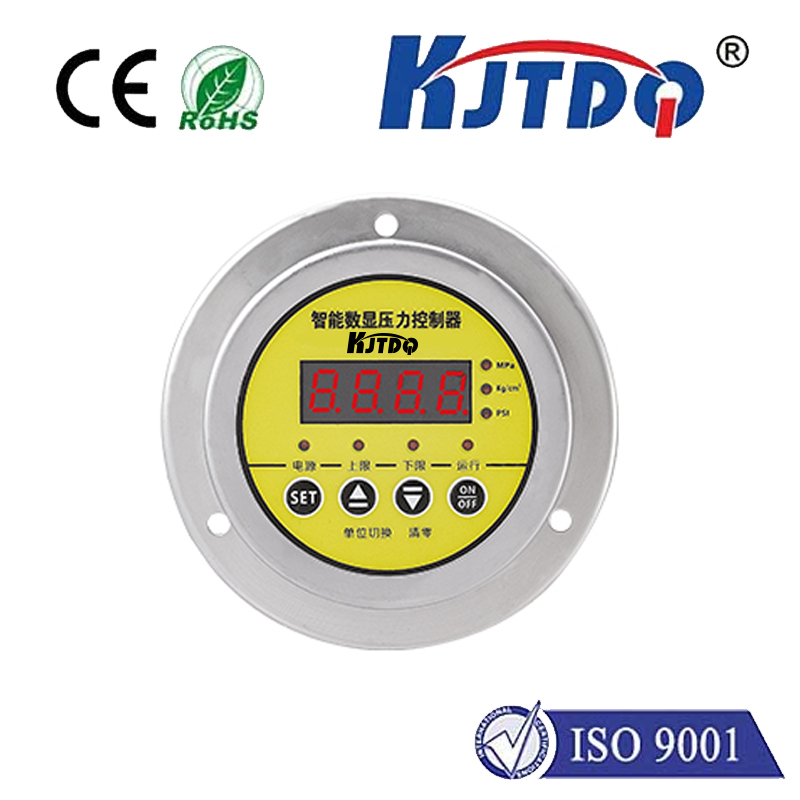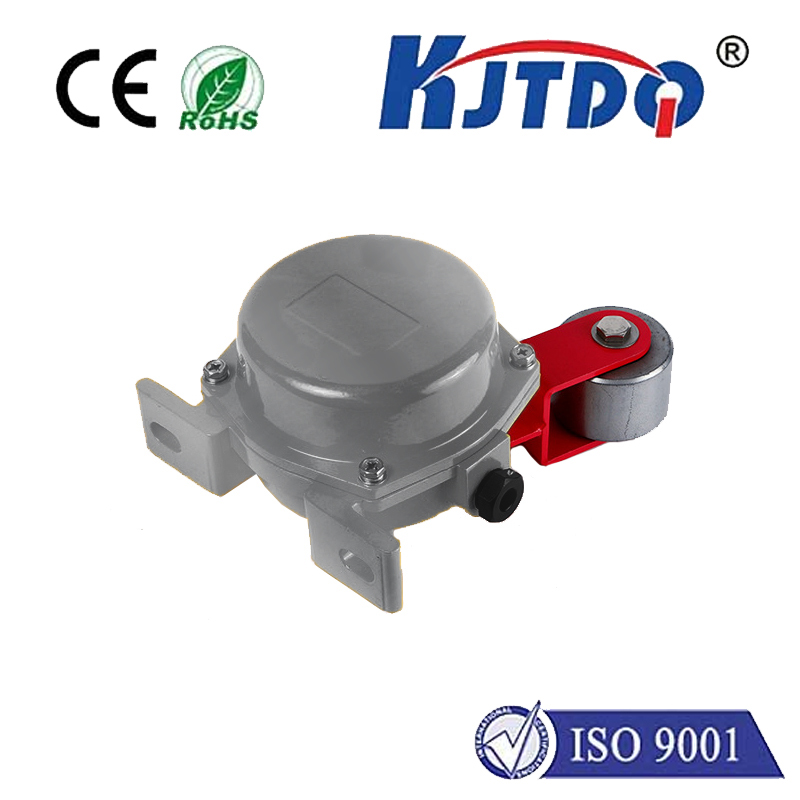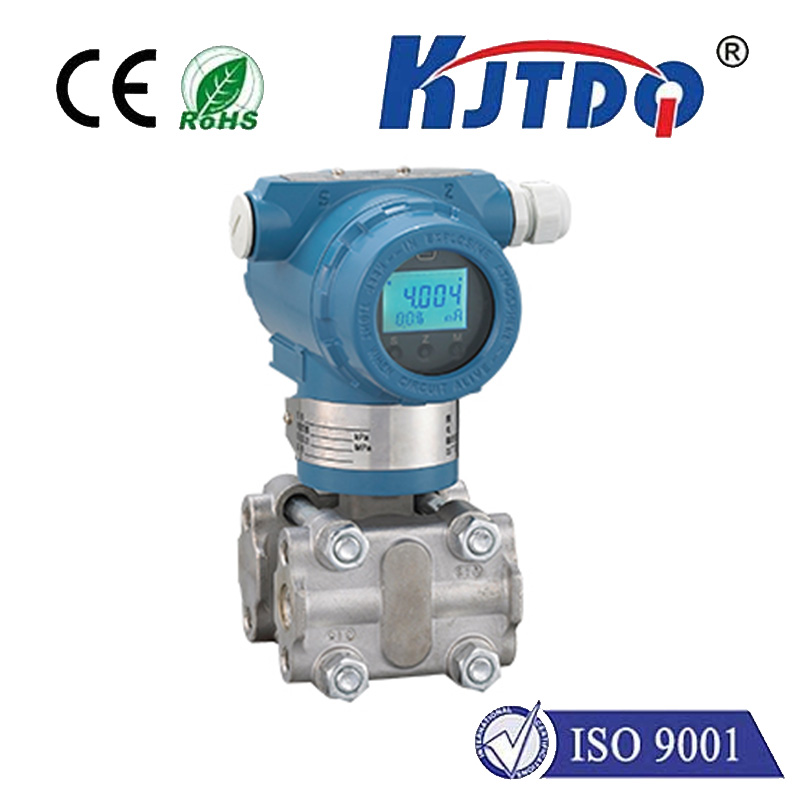In today’s lightning-fast industrial environments, a split-second delay can mean costly errors or missed opportunities. Imagine a robotic arm on an assembly line, moving parts at dizzying speeds—if it doesn’t detect an approaching object instantly, collisions could halt production or compromise safety. This is where high speed proximity sensors shine, acting as the unsung heroes that ensure seamless, efficient operations. These advanced devices detect nearby objects without physical contact, offering unparalleled responsiveness in milliseconds. As industries embrace smarter automation, the demand for such sensors is skyrocketing, transforming how we interact with machinery and boosting productivity across sectors. Let’s delve into what makes these sensors indispensable in our tech-driven world.
At their core, high speed proximity sensors operate on principles like inductive, capacitive, or ultrasonic technology. For instance, inductive sensors use electromagnetic fields to identify metallic objects, while capacitive types detect changes in electrical capacitance for non-metallic items. What sets them apart is their ultra-fast response time, often measured in microseconds. Unlike traditional sensors that might lag, these devices deliver real-time data to control systems, enabling precise adjustments in dynamic settings. This speed is critical in applications where every fraction of a second counts, such as preventing equipment jams or ensuring worker safety. By eliminating the need for contact, they reduce wear and tear, extending the lifespan of machinery and cutting maintenance costs—a key advantage in cost-sensitive industries.

The applications of high speed proximity sensors are vast and growing. In industrial automation, they’re integral to robotic arms, conveyor belts, and CNC machines, where they monitor part positioning and trigger actions instantly. For example, in automotive manufacturing, these sensors detect components on high-speed assembly lines, allowing for flawless welding or painting sequences. Beyond factories, they enhance safety systems in autonomous vehicles by sensing obstacles in real-time, or improve user experiences in consumer electronics like smartphones, where proximity sensing wakes screens during calls. Even in harsh environments—think dust-filled warehouses or high-vibration settings—their robust designs ensure reliable performance. This versatility makes them a cornerstone of the Industrial Internet of Things (IIoT), enabling smarter data collection and predictive maintenance.
Why are high speed proximity sensors becoming a preferred choice? Their benefits extend far beyond speed. Energy efficiency is a major plus, as many models consume minimal power while operating continuously, supporting sustainability goals. They also offer high accuracy with minimal false readings, reducing errors in quality control processes. Compared to optical or mechanical alternatives, proximity sensors excel in dirty or wet conditions where visibility is poor—no lenses to clean or moving parts to jam. Moreover, their compact size allows for easy integration into tight spaces, fostering innovation in miniaturized devices. When selecting one, factors like sensing range, material compatibility, and environmental resilience should guide decisions. For instance, inductive sensors suit metal-dense areas, while capacitive ones handle diverse materials like plastics or liquids.
Looking ahead, advancements in sensor technology promise even greater strides. Innovations like multiplexing and AI integration enhance data processing, enabling sensors to “learn” patterns for predictive insights. This evolution ties closely with trends in smart manufacturing and Industry 4.0, where real-time feedback loops optimize efficiency. As industries push for higher speeds and smarter systems, high speed proximity sensors will remain pivotal, driving safer, greener, and more competitive operations. By understanding their capabilities, businesses can harness this tool to unlock new levels of innovation.
(Word count: 865)
